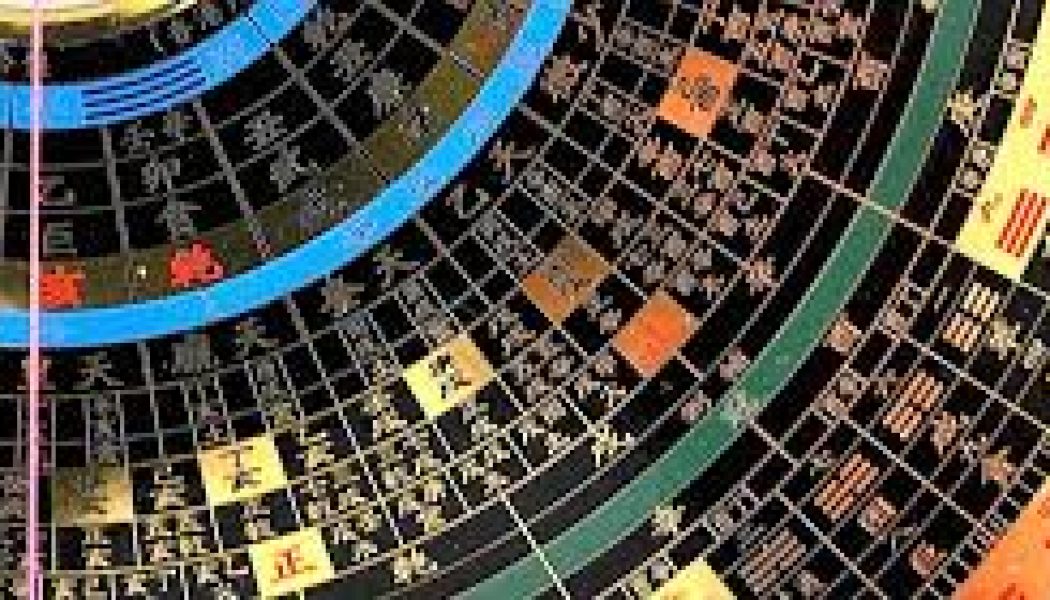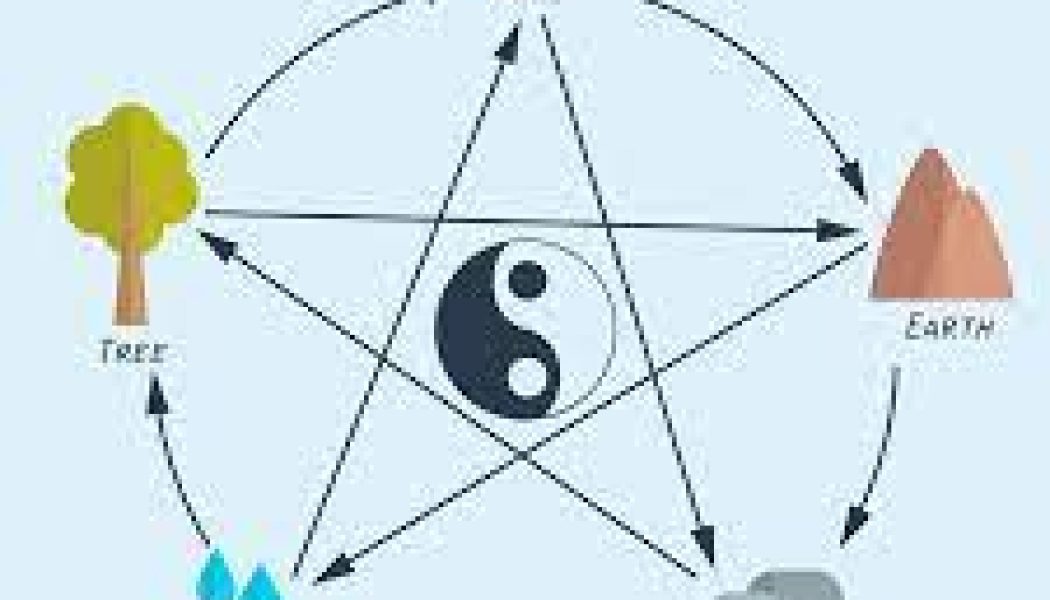Feng Shui
The main Feng Shui schools
Over the centuries many different schools ofFeng Shui have developed. The basic principlesare broadly the same, though each school has aslightly different focus. There are three mainschools in existen...
Feng Shui
ONE OF THE most important adjustmentsthat we can make as we begin to workconsistently with magic is to theenvironment in which we live and to our ownpersonal space. As we reach an internal peacewe cre...



